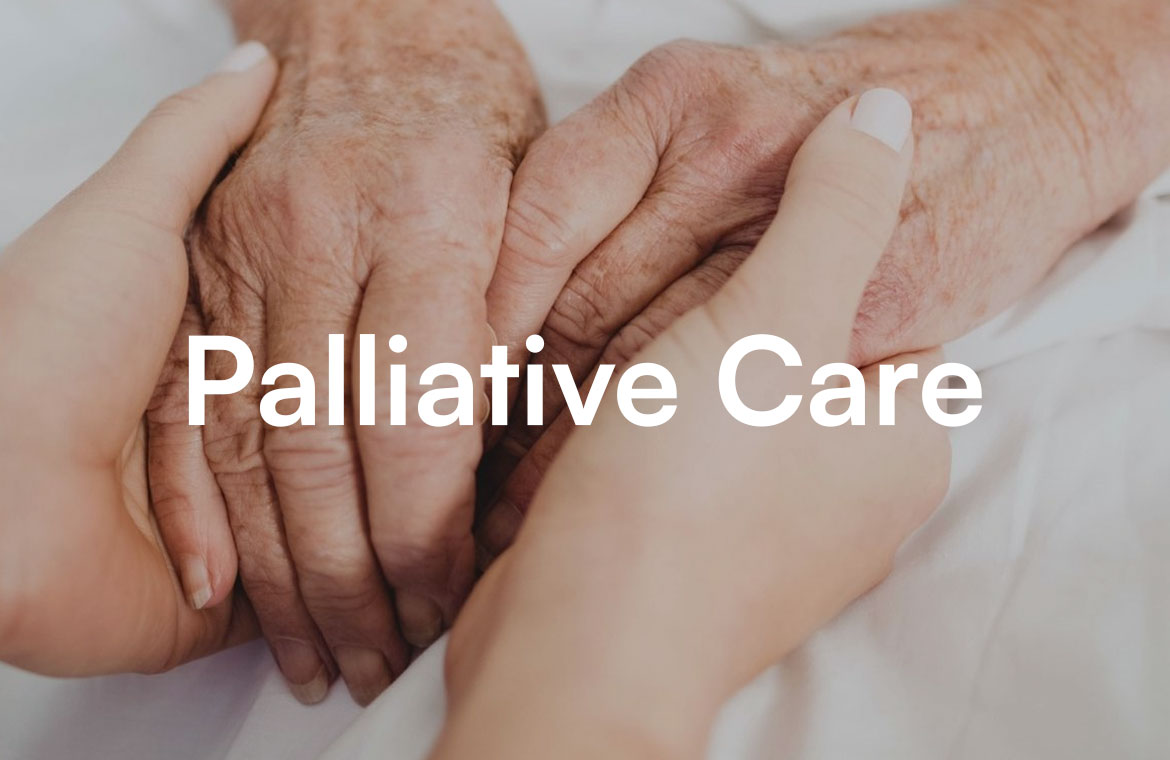
Prioritise Patient Safety
ENGAGING PATIENTS FOR PATIENT SAFETY
Key facts
- 1 on 10 people experience an adverse event while receiving health care
- 3 million deaths occur annually due to unsafe care
- Most of these incidents can be prevented if we prepare for it.
- Patients themselves have a crucial role to play in ensuring safety
Source: World Health Organization
World Patient Safety day is an occasion where patients, families, caregivers, doctors, nurses, policy makers, are reminded of their commitment to patient safety. ‘Primum non nocere’ or First, do no harm, is a principle that guides our practce and should not be forgotten.
‘World Patient Safety Day’ is observed on the 17th of September. The theme for this year is “Engaging Patients for Patient Safety“. This global safety action plan was adopted by Seventy-Fourth World Health Assembly in 2021 with a vision of “a world in which no one is harmed in health care, and every patient receives safe and respectful care, every time, everywhere”.
The burden of the problem
According to the World Health Organisation, one in every ten patients experiences an adverse event while receiving health care and around 3 million deaths occur annually due to unsafe care.
Annually there are 1.67 million Hepatitis B infections, over 3 lakh Hepatitis C infections, and 33,877 HIV infections due to unsafe injection practices. Unsafe injections can also cause abscesses, septicemia, and nerve damage. The WHO defines a safe injection as one that does not harm the recipient, does not expose the provider to any avoidable risks, and does not result in waste that is dangerous for the community. The exclusive use of auto-disable (AD) syringes is advised to prevent harm. Unnecessary injections should be avoided and the sharps should be properly disposed. There are an estimated 16 billion injections administered every year.
Common adverse events that may result in avoidable harm are medication errors, unsafe surgical procedures. There are 300 million surgical procedures done every year. It is estimated that 10% of all preventable patient harm in health care is from a surgical setting. Maternal infections and deaths during pregnancy. Healthcare-associated infections, diagnostic errors, patient misidentification, and venous thromboembolism are some of the other threats.
Similarly every year there are 117 million blood donations. The norms ensure that the blood is screened for the common infectious diseases such as HIV, Hepatitis B, C, Malaria and Syphilis. But there is still a threat of blood transmissible infections, mandating that blood should be used judiciously.
Maternal care should also be prioritised. It is estimate that per day around 800 mothers die due to preventable causes during pregnancy and child birth. If the right and timely decisions were taken by the individual, the family and the doctor, this could be prevented and we could ensure safe delivery. Safe motherhood has been prioritised under the RMNCH+A initiative of the government.
#UniteToCare: The Perfect Partnership:
There is a need for a perfect partnership between the patient and the doctor. Here are some suggestions.
- Engage the Patient:Patients should actively participate in shared decision-making regarding their care and be informed partners in their treatment plans. It has shown to reduce errors by 15%.
- Communicate:Patients should feel comfortable asking questions, seeking clarification about their treatment, and providing their healthcare team with accurate information about their medical history.Clinics are often busy and the doctors may not have the time to explain. The pharmacists and nurses can take on this responsibility.
- Medication Management:Patients should understand their medications, including their purpose, dosage, and potential side effects. This can help prevent medication errors.
- Infection Control:Both patients and healthcare providers should practice good hygiene, and handwashing, and follow infection control protocols to reduce the risk of healthcare-associated infections. Do not underestimate the need for washing hands while providing
- Safety Culture:Fostering a culture of safety within healthcare organizations, where staff feel comfortable reporting errors without fear of retribution.
- Promote Best Practices:Encourage the implementation of evidence-based best practices in healthcare settings to ensure the safety of patients. Disposal of biomedical waste, prevention of hospital-acquired infections, and the spread of resistant organisms.
- Review Protocols:Review and update healthcare protocols and guidelines to align with the latest recommendations and best practices. Continuous training of the health care staff on the protocols.
- Technology:The adoption of electronic health records and other technologies can help streamline and improve patient safety processes.
- Reporting Errors:Encourage patients and healthcare providers to report any incidents, near misses, or errors in a non-punitive manner to facilitate learning and improvements.
- Health Literacy:Efforts should be made to improve patient health literacy, ensuring that patients understand their medical conditions and treatment options.
The IAPSM shoud take the lead in trying to create awarenes, not only among the health crae professionals but also the community. No one should be harmed in the process of being cured. Ensuring Patient Safety is of utmost importance for any health care provider. Getting the patients involved in developing better and safer services is an effective strategy to reduce harm while in the process of getting cured.
While we prioritise patient safety, we should also think of safety of the health care professional. The patient can only be safe if the health care staff is safe.
You can get more information on this topic an learn about the Global Safety Action Plan on this link https://www.who.int/teams/integrated-health-services/patient-safety
About the author:
Dr. Amit Dias, MD, DTM&H, DGM, MSc is a member of the IAPSM and working as an Assistant Professor in Community Medicine at the Goa Medical College. He also holds a diploma in Tropical Medicine & Hygiene from the LSHTM, UK. He was the former secretary of the Hospital Infection Control Committee and the current secretary of the Bio Medical Waste Committee at GMC.





